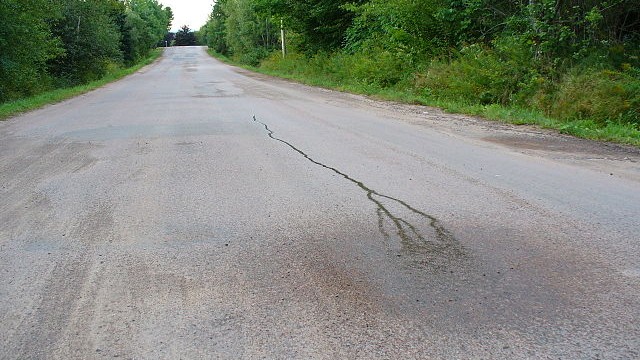Giraffes feeding on leaves of acacia trees, lions majestically roving the savanna and wildebeests migrating from the Serengeti and into the Mara. These are the ordinary tourist attractions for inbound tourists to Kenya.
But in the heart of Machakos County, approximately 70 miles east of Nairobi, there lies a unique attraction: Kituluni Hill. Also referred to as KyaMwilu, here the law of gravity literally defied.
Cars roll uphill and water flows upwards. It is not uncommon to find bewildered people driving to a spot and leaving their car out of gear, then marveling at the sight of the vehicle moving uphill.
The local people — the majority of whom belong to the Kamba tribe — feel this phenomenon has only a supernatural explanation. Local legend says that something is amiss with the spirits that govern the area around Kituluni Hill.
The area was initially known as Kyaume (meaning “that which belongs to men”). Two men – one by the name Mwilu and the other Kyalo – owned homes in the area that were separated by a river that flowed down the hill.
Kyalo and Mwilu both fell in love with the same woman — rumored to be very attractive — whom they both married and therefore shared. Every night she would go upstream and decide whose home she wanted to stay in that night. She always ended up taking turns. Both men died before the woman, and both were buried near the stream. Superstitious locals claim that the spirits of Kyalo and Mwilu continue fighting over the beautiful woman, resulting in gravity pulling objects uphill toward their graves.
The place was then renamed KyaMwilu in honor of the men. It’s a fusion of their names: “Kya” for Kyalo and “Mwilu” for Mwilu.
Science does actually have an adequate explanation for the occurrence. Technically the effect is known as “gravity hill” or “magnetic hill effect,” even though there is no gravity or magnetism involved. It’s really just an optical illusion caused by the layout of the hills in the surrounding landscape, which makes the slightly downward-sloping road appear to slope upward.
In 2010, Kokichi Sugihara, a Japanese scientist, won an award in 2010 for creating a model that duplicates the illusion that has baffled people for decades. Sugihara’s video, “Impossible motion: magnet-like slopes” shows a structure with four ramps that seem to be upward-sloping. Four wooden balls appear to roll up the slopes against gravity. But when the model is shown from a different angle, you can see that the ramps actually slope downward.
Although the secret is out, local and foreign tourists can still be found making random cylindrical objects roll “up” the hill and taking photographs on their smartphones. Many people from the nearby villages have made their living off the phenomenon: youths often act as “guides” for tourists, and matatu drivers (Kenya’s famed public transport vehicles) do a brisk business on the route to Kituluni Hill.
Despite the immense potential it holds in attracting visitors, Kituluni Hill has flown under the government’s radar. While other tourist sites like waterfalls, game parks and grasslands have been recognized and labeled by the Kenyan government, Kituluni Hill has yet to be documented as an official attraction.
This could change under the current leadership. Machakos County and is headed by Alfred Mutua, a public relations and communications specialist, who once served as official spokesperson for the Government of Kenya. Not long ago Mutua embarked on a radical development program – upgrading sports stadia, giving facelifts to public parks and road construction – that has seen Machakos County become a beacon of good county governance in the space of one year.
With such an enthusiastic governor, perhaps Kituluni Hill and other attractions in the county will grow to greater levels of renown – and see Machakos become the place to be for tourists.

